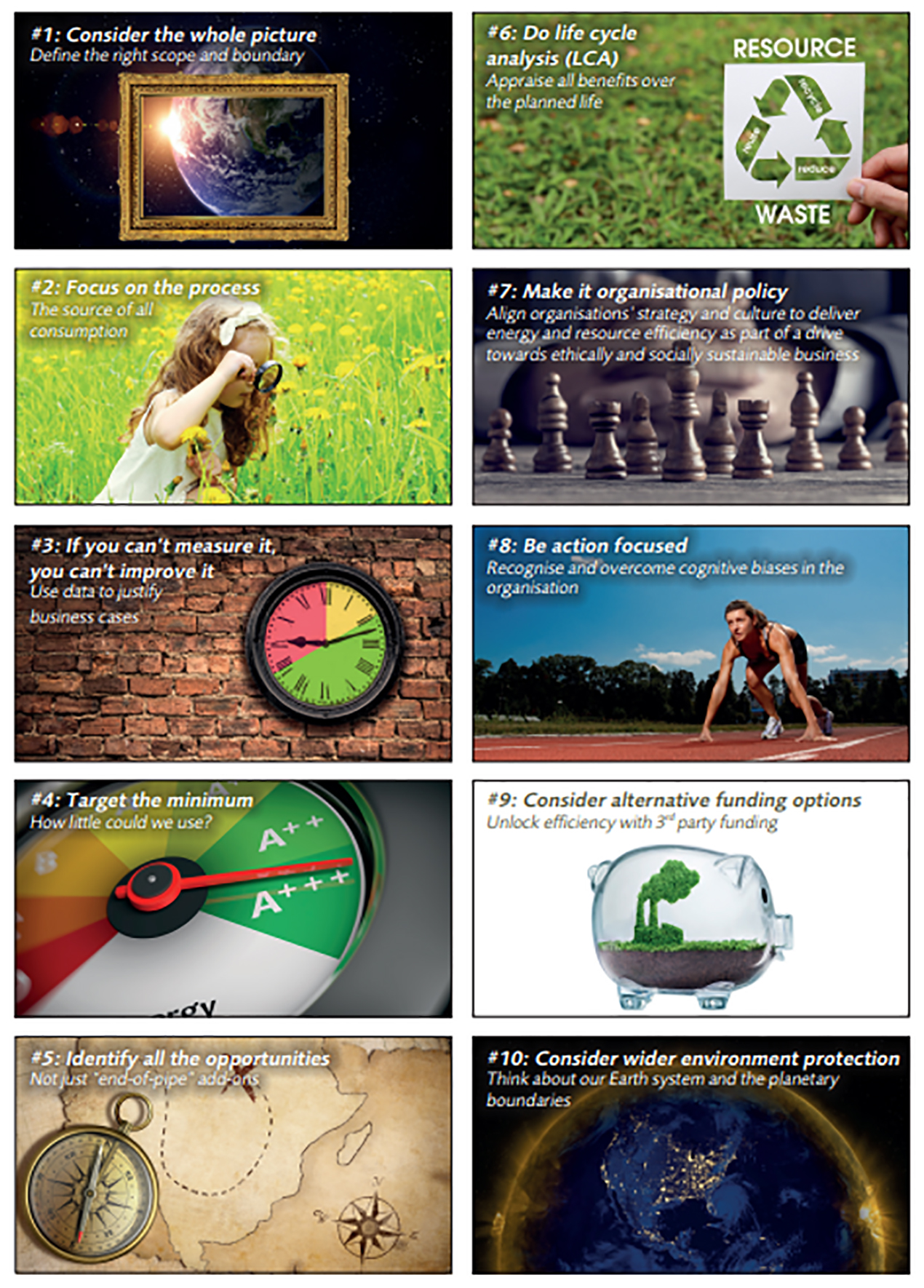10 guiding principles for energy and resource efficiency
Author: Gareth Davis, Principal Front End Solutions Engineer
Since the industrial revolution, the rate of energy and resource consumption has accelerated, and this human activity is likely to be the main contributor to global warming. The Intergovernmental Panel on climate Change (IPCC) recently published a report on the impacts of global warming to 1.5°C. This draws conclusions that would impact the whole planet we live on. For instance, with a timeline of the year 2100, sea levels would be expected to rise 10cm less if Earth warms by 1.5°C compared to 2°C.
As an engineering community, we need to be very mindful of the impacts our decisions make and think differently about energy and resource efficiency on behalf of our clients. Opportunities exist to make improvements from design through to installation and lifetime use or operation of buildings, facilities and equipment.
Although the guide has been written from the perspective of industrial plant, it contains guiding principles that will ring true for any business…
10 guiding principles for energy and resource efficiency

1. Consider the whole picture
In general, the wider the scope and boundary of the analysis, the more opportunities (and larger overall savings) can be found. Consideration of purchased goods, energy and services (rather than just those produced by an organisation) should be considered alongside business travel and commuting.
2. Focus on the process (core activity)
This means focusing on the core process, whether a physical or business process, and understanding how energy and resources are consumed to support this core activity.
3. If you can’t measure it, you can’t improve it
True. Imagine trying to suggest you’ve built a faster car but it doesn’t have a speedometer fitted. Where important data is missing, additional meters, sensors or instrumentation are required.
4. Target the minimum
Considering what the absolute minimum for energy, water and resource consumption provides a challenging target that can promote positive change. If you made a cup of tea, from an energy and water perspective how much water should go in the kettle? Milk, no sugar please.
5. Identify all the opportunities
Brainstorming or using an audit approach can enable identifying as many opportunities as possible. We’re not talking about add-ons here but consider how changing the fundamentals of the business process can bring significant benefits.
6. Do Life Cycle Analysis (LCA)
This is a technique to assess the impact of a business activity over the whole length of its life cycle. Too often, the design process takes a view that is too short-term, resulting in excessive consumption of energy and resources over the lifetime of an asset.
7. Make it organisational policy
Deep-rooted change to improve energy and resource efficiency is only going to be possible with the support of staff at the most senior level. The Plan-Implement- Monitor-Evaluate-Plan cycle is potentially powerful here.
8. Be action-focused
An easy one for those involved in engineering and infrastructure. Thoroughly understanding potential barriers and how to overcome them is an important part of actually getting things done.
9. Consider alternative funding options
Some energy efficiency projects have a longer payback period than might be normally acceptable. Some investors are willing to accept benefits over a longer period through financial vehicles such as Energy Performance Contracts (EPCs).
10. Consider wider environmental protection
Limits on temperature rise from climate change are, but other issues such as land use, ocean acidification and nitrogen & phosphorous loading also have a limit, in terms of what the planet can cope with as an ecosystem.
Click here to read the IChemE Energy and Resource Efficiency Good Practice Guide.
Connect with me on LinkedIn

